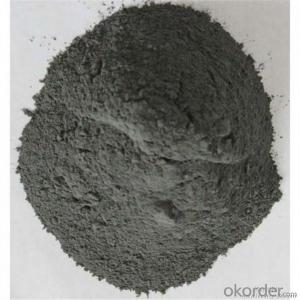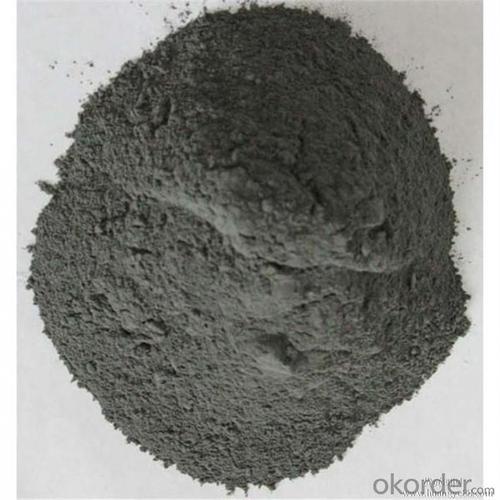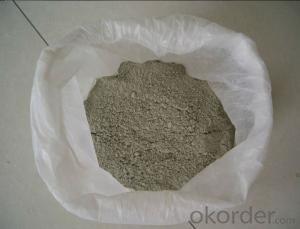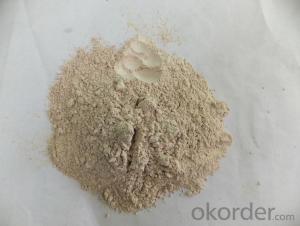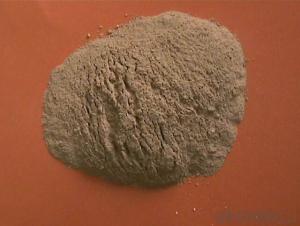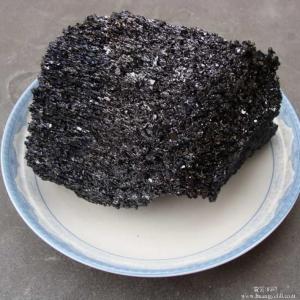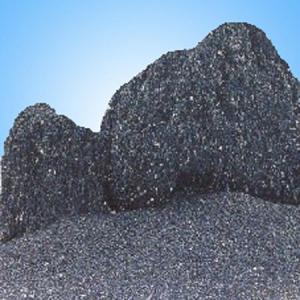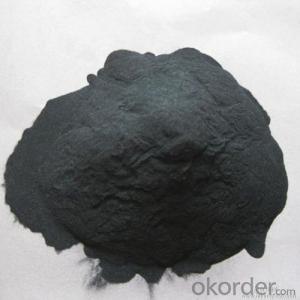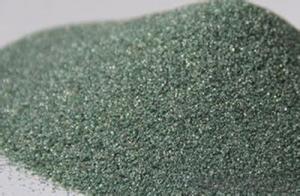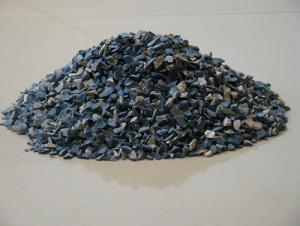Raw Materials for Refractory:SIC 98.5% Green/Black Silicon Carbide Refractory & Abrasive Materials
- Loading Port:
- Tianjin
- Payment Terms:
- TT OR LC
- Min Order Qty:
- 25 m.t.
- Supply Capability:
- 3000 m.t./month
OKorder Service Pledge
OKorder Financial Service
You Might Also Like
SiC 98.5% Refractory & Abrasive materials green/black silicon carbide
1.Structure of Silicon Carbide Description
Black Silicon Carbide is produced with high temperature in a electric resistant furnace from a mixture of quartz sand and petroleum coke.
Black silicon carbide is typically used for working on cast iron ,non-ferrous metals, stone, leather, rubber, and other materials which requires sharp cutting characteristics. The mineral is also used widely as a refractory material and metallurgical additive.
2.Main Features of the Calcined Bauxite
Its hardness is between that of fused alumina and synthetic diamond and mechancial intensity of it is also greater than that of fused alumina. It is brittle and very sharp and has a certain degree of electrical and heat conductivity.
3.Main usage of the Calcined Bauxite
1.Grinding non-ferrous materials, rock, stone, leather, rubber, finishing tough and hard materials
2.Bonded abrasive tools, lapping and polishing
3.Widely used as a metallurgical additive and refractory material
4.Refractory
4. Calcined Bauxite Images
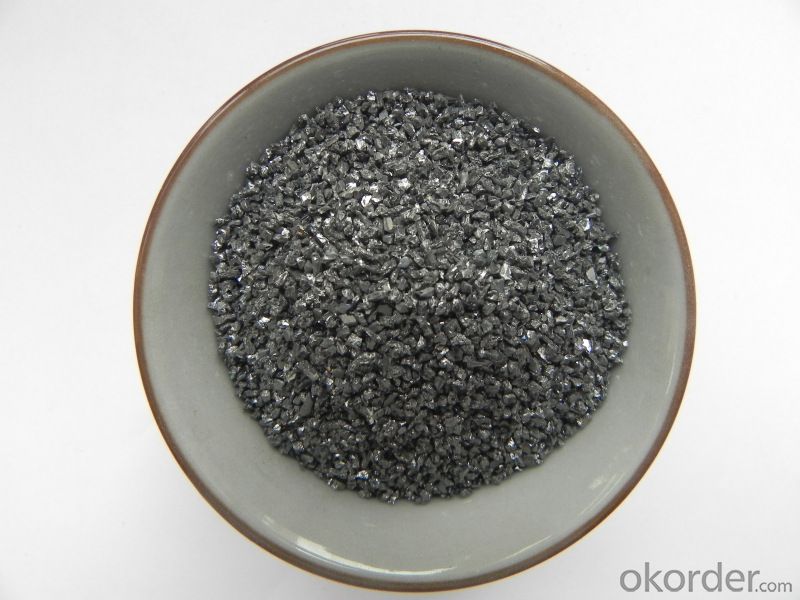
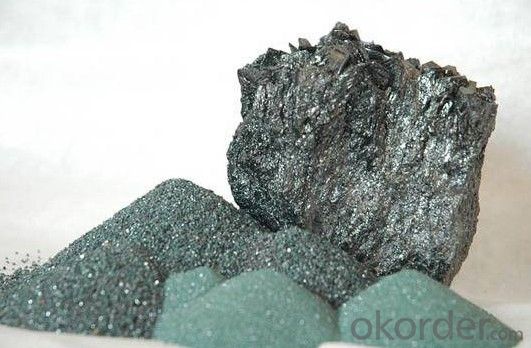
5. Calcined Bauxite Specification
1.Used in Casting and Steelmaking Industry.
2.Origin China
3.Various Specifications
4.A powerful compound deoxidizer
6.FAQ of Calcined Bauxite
1). Q: Are you a factory or trading company?
A: We are a factory.
2). Q: Where is your factory located? How can I visit there?
A: Our factory is located in Ningxia, China. You are warmly welcomed to visit us!
3). Q: How can I get some samples?
A: Please contact me for samples
- Q: Is fireclay poisonous?
- Refractory materials are typically oxides, alumina, magnesium oxide and aluminate cement and etc, which are non-toxic.
- Q: Are the specification of fireclay bricks and ordinary clay brick the same?
- The standard size of refractory bricks in our country is: 230mm × 114mm × 65mm; ordinary brick: 240 ×115 ×53, building blocks: (it is divided into blind hole and via) 240×390×190, 240×190×190, 240×90×190, 190×190×190, 190×390×190, 190×190×190, 190×90×190, 140×390×190, 140×190×190, 990×200×400, 0×390×190, 90×190×190, 90×90×190. Another is interlocked hollow block : 90×200×400,90×200×245,90×200×200,90×200×100,90×200×290,150×200×275,150×200×200,150×200×100,150×200×290.
- Q: Do you know the refractories?
- Alkaline material products: MgO, CaO based crystalline phase, because MgO and CaO are alkaline earth oxides, so it is called alkaline refractory. Their high melting point, alkali resistance slag (C/S > 2) corrosion ability is strong, belong to advanced refractory materials, but they are easy to hydration. Magnesia chrome brick, dolomite brick, brick olive and other products, the main chemical composition is MgO, CaO China also belongs to alkaline materials.
- Q: How long is the duration of fire resistance that fireproof window of level B can endure?
- Fire proof window of level B is the fire proof window whose duration of fire resistance is not less than 1 hour. Technical requirements: One, Materials and fittings (1) the frame of windows draw on steel or wood frames which have certain intensity and are able to ensure the integrity and stability of components. (2) Steel frame and layering can use galvanized steel or stainless steel plate. Its selection criteria shall be in line with provisions 5.1 of GB12955< steel fire door general technical conditions >. (4) The internal fillings of steel, wood frames should use non combustible materials. (5) Fire proof windows can opt for qualified products without affecting the performance of fire proof window. Light transmittance of glass shall not be less than 75% of the same layer of ordinary flat glass. (6)The sealing material between the frame and the fireproof glass should adopt the nonflammable materials, functioning as the fire blocker. (7)Hardware fittings should be tested for qualified products.
- Q: Which are fire proofing thermal insulation materials?
- Which are fire proofing thermal insulation materials? Which fire proofing thermal insulation materials are commonly seen?
- Q: What is the role of the vermiculite fireproof material?
- The vermiculite fireproof slate is widely applied to construction, shipbuilding, metallurgy, electric power, aerospace and other fields by foreign countries. Vermiculite slate can be applied to furniture, firewall, ceiling, and can be used in the fire fighting access, coated steel, coated pipeline, real flame fireplace in the lining board, wall partition. It is characterized by non combustible, non melting, resistance to high temperature; permanent thermal insulation; sound insulation, non-toxic, smoke-free, green environmental protection; resistance to impact, good dimensional stability and durability of the excellent anti fungal infestation. It can be sawed, nailed, planed, drilled, it can be easily installed and constructed.
- Q: What defect does fused cast refractories have ?
- In glass production, in addition to refractory as a building material and consider its durability, we still must attach great importance to its influence on glass quality. In such cases, the impact on the quality of glass is mainly the defects that eroded down refractory materials mixed in the glass, thus being prodeced of grass products. Defects are mainly foreign body defects such as sand, knot and wave reinforcement. What may directly affect the quality of glass are the wall brick and brick kiln bottom.
- Q: which kind of refractory is commonly used in the industry
- Like silicon, magnesium calcium and metallurgy refractories, glass, silicon, etc., knowing the basic materials, and the businesses are not the same. I suggest that you can buy the refractory book to read.. Others include zircon, shapeless refractory material and so many other cement, such as magnesia, high alumina,ect.. Iron making is using the acidity material, continuous casting is using the clay, nonferrous metals and other types of more complex hot-press charcoal; steel making is using the alkaline, magnesium chrome, magnesium carbon, and clay,etc..
- Q: How to choose the material of refractory?
- Long using temperature of aluminum oxide fiber is 1400 ℃, containing chromium aluminum silicate fiber, quartz, high purity aluminum silicate fiber, long-term use of temperature is 1000-1200 ℃ has aluminum silicate refractory fiber according to different raw materials, advanced refractory fiber (such as alumina. Commonly used vitreous aluminum silicate refractory fibre is amorphous, zirconium oxide refractory fibre) using temperature is 1700 ℃ view as >and the best temperature is 1300 ℃. Crystalline refractory fiber are polycrystalline mullite fiber, including ordinary aluminum silicate fiber, alumina and graphite refractory fiber, etc. The use of common refractory fiber temperature is 1150 ℃;>
- Q: I am a refractory material manufacturer, sold products, money is always not back, anxious to die, what is the way?
- Metallurgical industry downturn. There is fierce competition in the refractory industry.
Send your message to us
Raw Materials for Refractory:SIC 98.5% Green/Black Silicon Carbide Refractory & Abrasive Materials
- Loading Port:
- Tianjin
- Payment Terms:
- TT OR LC
- Min Order Qty:
- 25 m.t.
- Supply Capability:
- 3000 m.t./month
OKorder Service Pledge
OKorder Financial Service
Similar products
Hot products
Hot Searches
Related keywords
